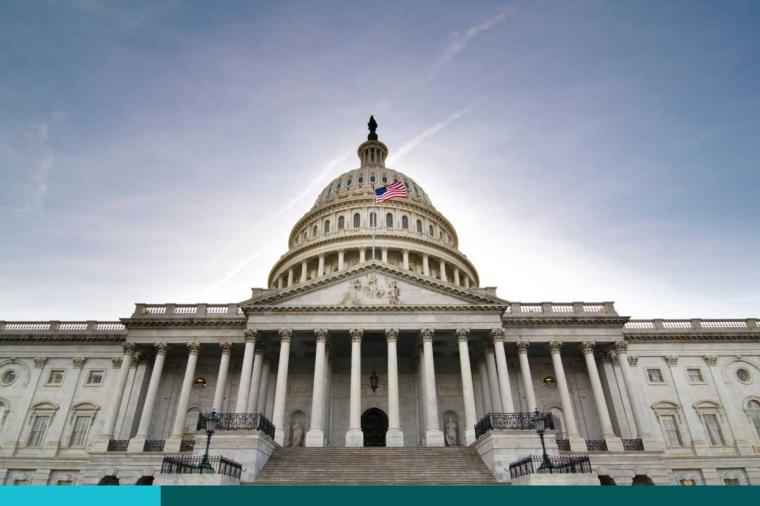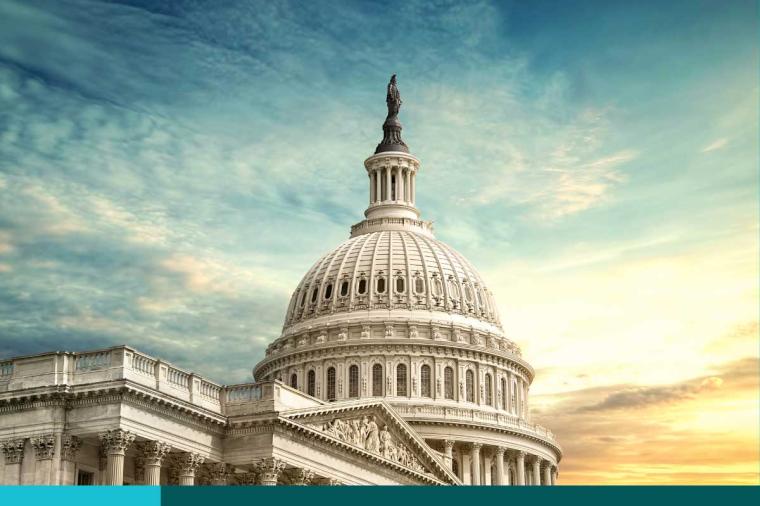FFYE: 5 Ways Federal Agencies Can Plan Now for Next Year’s Busy Buying Season

With Federal Fiscal Year End rapidly approaching, government buyers can breathe a sigh of relief that the spending frenzy is almost over. But, you’re probably reading stories and anecdotes in the media about examples of wasteful spending that occurred during the last few weeks of the fiscal year as agencies rushed to spend their “use it or lose it” dollars.
Many agencies spend a third of their budget during the last quarter of the year, and there’s plenty of evidence that this rush to spend results in lower-quality acquisitions, particularly of information technology (IT) products, mainly because of the volume of contracting leads to inefficiencies in managing those purchases down the line. Furthermore, there are only three more quarters to go before the cycle starts over again!
To solve this problem, many argue that federal budgets should be rolled over into subsequent quarters, but that kind of fiscal reform doesn’t seem likely anytime soon.
What can agencies do to get ahead of the game on year-end spending? Here are five things you can do now to ensure a less harried busy buying season next year and a more effective use of taxpayer dollars.
1. Engage the Contracting Community Early
The start of the fiscal year, when agencies are busy planning for the year ahead, is a great time to reach out to the contracting community. You can do this directly or take advantage of industry events. Conferences, seminars, and tabletop shows are great venues to understand what’s new in IT, how industry can support your modernization efforts, and share spending forecasts and plans.
2. Research Expiring Contracts
Early in the fiscal year is also an opportune time for procurement officers to identify expiring contracts and reach out to the contracting community if any are open to re-compete during Q4. This will streamline and speed up the process of reviewing products and services and negotiating prices, leading to smart purchasing decisions come busy season.
3. Take Advantage of Working Capital Funds for IT Modernization
In the past, a focus on cutting costs in IT resulted in more spend on simply keeping the lights on and less on new application development and infrastructure modernization. However, with the signing of the Modernizing Government Technology Act (MGT) in late 2017 as an amendment to the 2018 National Defense Authorization Act, agencies can now “reprogram unused IT budget allocation to fund modernization projects.”
The law creates working capital funds for IT projects such as cybersecurity, cloud computing, agile development, and data center consolidation, and other solutions that upgrade legacy technologies and improve security posture. MGT also creates a centralized Technology Modernization Fund, managed by the GSA, which agencies can apply to if they lack internal IT dollars to support modernization.
To quote Bloomberg Government: “Rather than being forced to spend funds before the end of the fiscal year, agencies can save that money to put toward the product or service that works best for the agency. That may lead to larger, longer contracts and more emphasis on the best value. It may also motivate agencies to seek out modernization investments with expected future cost savings, since those savings can be reinvested into the working capital funds.”
If your agency is considering applying for MGT funds to modernize its IT infrastructure and realize long-term cost savings, check out this primer from the Federal Times.
4. Leverage Technology to Make Data-Driven Smart Investments
Another important step to reducing wasteful spending is to improve the acquisition, management, and inventory of IT assets. Many agencies leverage Enterprise License Agreements (ELAs) to centralize procurement, streamline management, and reduce costs. However, according to the Government Accountability Office (GAO-14-143), agencies often aren’t following leading practices identified for managing these software licenses, such as centralizing management and establishing an inventory of licenses, analyzing software license data to inform investment decisions and identify opportunities to reduce cost.
DLT has developed an industry-first tool that can help. The Enterprise Agreement Platform (EAP) is an innovative, customizable tool that gives agencies instant visibility and access into activities relating to their procurement operations for BPAs and ELAs. EAP works by consolidating, centralizing and streamlining IT acquisition and management, and identifies opportunities to reduce costs. For example, data analytics helps procurement officials spot trends and make data-driven investment decisions. It also prevents duplicative spending by centralizing management and establishing a comprehensive inventory of licenses, and more.
Recently, DLT worked with the U.S. Department of Navy (DON) and leveraged the capabilities of EAP to make sure DON requirements for Oracle software and services are maintained with accurate information and with stringent accountability, ensuring no contract acquisition leakage.
5. Get Advice
To get ahead of next year’s federal fiscal year-end spending rush, talk to a DLT Solutions rep about your options for making smart technology choices with taxpayer dollars and simplifying the procurement process before things heat up again.








